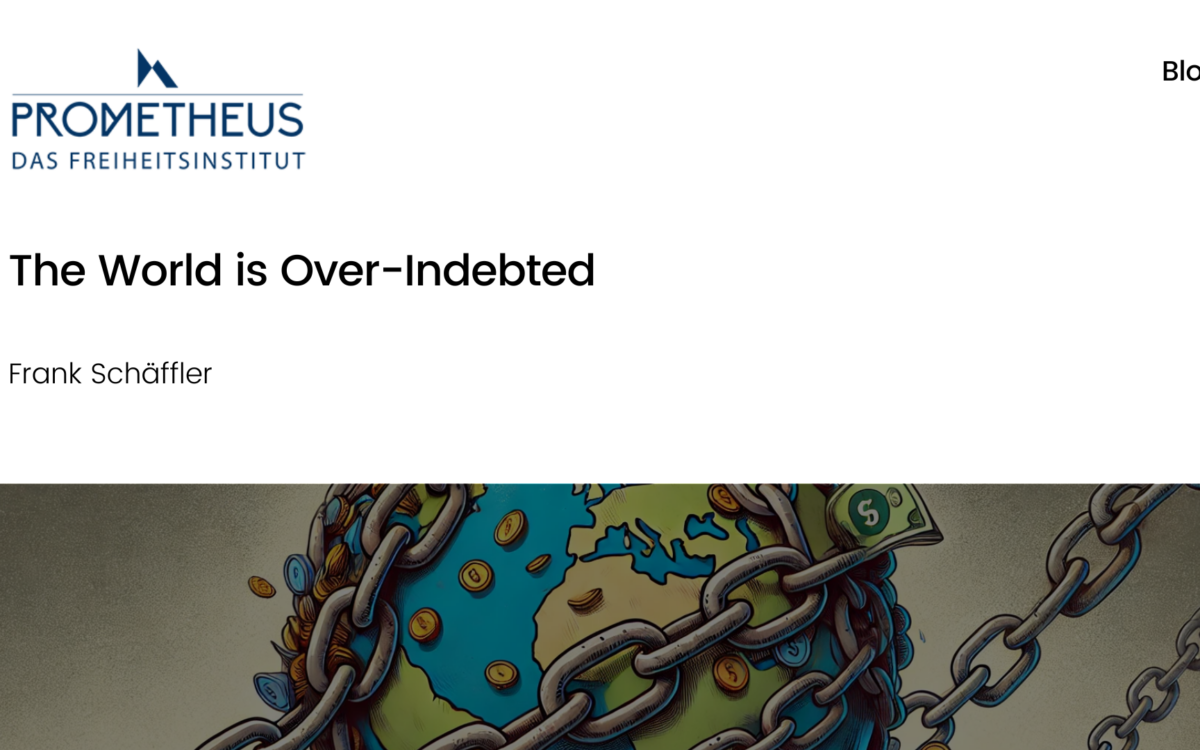Global Supply Chains In A Post-Covid World

Global Supply Chains In A Post-Covid World
Surender Munjal // 28 September 2020
COVID-19 has caused huge disruptions to global trade and supply chains, both directly and indirectly (as a result of policy responses: lockdowns, social distancing measures etc). While some supply chains have recovered or adapted, others are yet to find ways of overcoming the pandemic.
Many products we consume in our daily lives are the end-product of a global supply chain, involving suppliers, producers and retailers from several countries who contribute at different stages of the production cycle. For instance, Apple produces iPhones using suppliers in 43 counties across six continents. Disruption at any stage can disrupt or even halt the whole supply chain.
Over the last four decades, the world has witnessed an exponential growth in the volume of international trade and foreign direct investment (FDI), leading to the globalisation of production networks and supply chains. The global volume of FDI has risen from about US$50billion in 1979-80 to over $2trillion in 2016-2018, while global exports increased from $2 trillion to over $23 trillion over the same period.
A significant proportion of this is attributable to China. With its location-specific cost (and other) advantages and its market-based economic reforms since the end of the 1970s, China has emerged as the production hub for the world economy (Zheng, 2019) and is considered as the ‘factory of the world’. Multinational enterprises embracing ‘lean production’ methods – cutting waste, reducing inventories, just-in-time deliveries, improved quality and reducing costs – have increasingly become more reliant on Chinese suppliers.
According to the World Bank, China’s share of global GDP has quadrupled from about 4% in 2000 to about 16% today, lifting hundreds of millions of Chinese people out of extreme poverty, and making consumers elsewhere more prosperous. However, this came at the expense of risk diversification, flexibility, and resilience for international firms seeking to manage their global supply chains.
Predictably, protectionists and opponents of globalisation have used this global pandemic as an excuse to peddle their old recipes again. They claim that COVID-19 has exposed the weaknesses of “too much globalisation”, and that production needs to re-shored.
Many companies have also recognised the hazards of overreliance on China-based suppliers and reacted to the new situation, without governments prompting them to do so. For example, before COVID-19, most personal protective equipment was imported from China, but when the crisis began, China imposed export controls. As part of the market discovery process, alternative suppliers were found in other countries, even though in some cases products were more expensive, delayed and even of lower quality.
Peter Buckley’s “Global Factory Framework” (2011) explains how international businesses can build in flexibility and resilience in managing dispersed production, advocating offshore outsourcing with the principle of dispersed production, i.e. using a range of suppliers in different locations at different stages and not being over-reliant on specific suppliers and locations. This not only provides much-needed flexibility, stability and resilience for production but also provides bargaining power to multinational enterprises.
Some analysts have suggested we may see more re-shoring of production, but where production was outsourced due to economic viability or poor industrial relations, firms may look to ‘near-shore’ instead, i.e. move the part of the supply chain from China to a country closer to home. This may well lead to a shift from globalisation to regionalisation of supply chains.
In many cases, the re-shoring or near-shoring is facilitated by technological advances, including robotics, which makes internalisation of production possible. Banalieva and Dhanaraj (2019) argue that technological advances are increasingly paving the way for an internalisation of lots of activities that used to be outsourced by firms. Internalisation of production not only makes firms resilient as it provides greater control over the production process but it can also lower the risk of leakage of knowledge and resources to other firms (Yoshikawa, 2003).
Fanuc Robotics, a Japanese producer of multifunction industrial robots doubled production capacity in 2015 and has even launched a new robot that can self-clone; i.e. a robot that can produce another robot. This can multiply the production of robots exponentially, massively reducing labour costs, especially where labour costs are the main driver of outsourcing. The use of robotics also helps in small batch, low volume production often needed for very specialised industries, such as aerospace. In addition, we are seeing huge advances in 3D printing, or additive manufacturing. ING Bank estimates that 3D printing could account for 50 per cent of all manufactured goods between 2040 and 2060. However, it is not yet clear whether 3D printing will replace trade in manufactured goods or simply replace existing manufacturing processes at current locations.
Some companies may seek to increase stock or storage but will want to avoid the costs of maintaining a larger inventory. This may offer opportunities for entrepreneurs to offer storage space for components, raw materials and unfinished products, delivering them to firms to maintain just-in-time production. While these intermediary storage companies will take on the risk of being left with unwanted inventory if items are suddenly no longer needed due to a drop in demand of the finished product, this could be mitigated to a certain extent by the use of AI, machine learning and data analysis to manage storage flows.
In any case, the use of technological advancements can strengthen sustainability of global trade and supply chains, and at the same time ensure that the desired scale and efficiencies in production are realised (Kamble, Gunasekaran and Arha, 2019). These developments make it easier to disperse productive activities across a number of places, because they reduce reliance on location-specific advantages. They also reduce the need for outsourcing.
In summary, the global economy will face two important changes in the post COVID-19 world. First, many companies will question their reliance on China-based suppliers, leading towards a localisation or regionalisation of supply chains. Second, technological advances may make reshoring or near-shoring more viable. As a result, supply chains in the post COVID-19 world are likely to be much more decentralised in order to ensure that risks associated with geographic diversification and over reliance on China are minimised, while international businesses maintain control over more resilient supply chains.
This article first appeared on the IEA’s blog.
EPICENTER publications and contributions from our member think tanks are designed to promote the discussion of economic issues and the role of markets in solving economic and social problems. As with all EPICENTER publications, the views expressed here are those of the author and not EPICENTER or its member think tanks (which have no corporate view).



